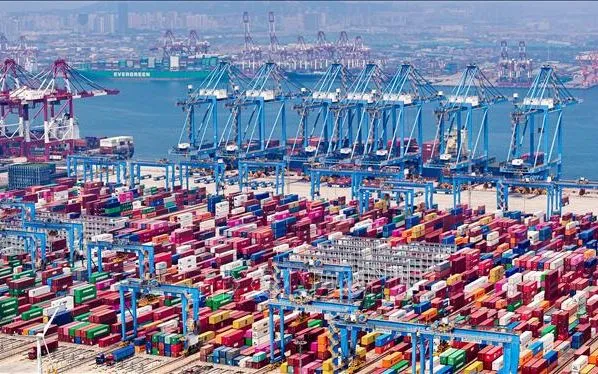
The US continues discussions with trade partners.
US-China trade talks have made progress in recent weeks but much work remains, said Kevin Hassett, director of the US National Economic Council.
Specifically, Mr. Hassett said that President Donald Trump and Chinese President Xi Jinping discussed China's purchase of American goods, the issue of buying Russian oil and gas in addition to the resale of TikTok to the US. Mr. Hassett also affirmed that the Trump administration is very concerned that China has stopped importing American agricultural products, but a spokesman for the Chinese Ministry of Commerce said that Beijing will restart agricultural purchases after the US ends the tariff measures.
Regarding this issue, according to Bloomberg, at a press conference during his reception of the Turkish President at the White House, President Trump said he was considering using revenue from import tariffs to subsidize American farmers. US Treasury Secretary Scott Bessent also said on September 24 that the two countries are discussing China's purchase of 500 Boeing aircraft and that negotiations are in the final stages. On September 25, a Chinese technical negotiation team met with the US side in Washington, DC to discuss details.
On the sidelines of the 80th Session of the United Nations General Assembly, on September 24, South Korean President Lee Jae Myung had a meeting with US Treasury Secretary Howard Lutnick. The meeting focused on South Korea's $350 billion investment commitment to the US. A White House official said that Secretary Lutnick suggested South Korea consider increasing this commitment to be closer to Japan's $550 billion investment commitment and to make the commitment in the form of capital for businesses rather than in the form of loans.
Meanwhile, the South Korean side asked the US to consider the interests of South Korea and economic feasibility in the context of the much smaller size of the Korean economy and the lack of abundant foreign exchange reserves like Japan. At the same time, South Korea asked the US to cooperate to create a more favorable visa mechanism for Korean experts and workers after the US Immigration and Customs Enforcement (ICE) detained hundreds of Korean workers at a battery factory in Georgia. The Wall Street Journal (WSJ) commented that the early agreement between the US and South Korea would be a boost for other negotiations in the context of trade partners showing discomfort with the US's demands and the ambiguity about the legality of the tax measures.
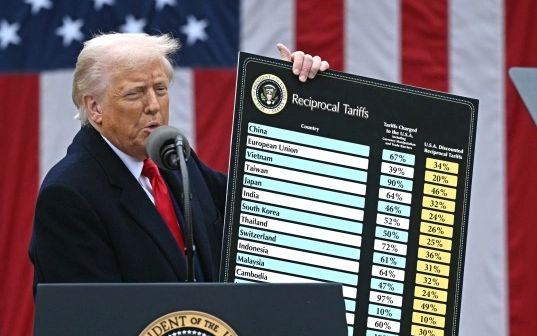
America has never done better.
Meanwhile, US Commerce Secretary Howard Lutnick, who is leading the trade negotiations, continues to make more stringent demands on South Korea. According to WSJ, Secretary Lutnick believes that South Korea must increase the scale of investment in the US to 550 billion USD, equal to Japan. In addition, Mr. Lutnick wants South Korea to provide more capital in cash instead of in the form of loans, leading to further disagreement between the two sides in the negotiation process.
The two countries reached a tariff agreement in late July 2025, in which the US reduced its reciprocal tariffs and auto tariffs with South Korea from 25% to 15%, while South Korea pledged to invest $350 billion in the US. However, the two sides still disagree on the details of the agreement, including how to implement this investment. South Korea wants to minimize investment in the form of shares, mainly in the form of guarantees, while the US requires a similar agreement as with Japan, that is, South Korea must invest in cash in US dollars, so that it can decide where to invest, and enjoy 90% of the profits from the investment. The South Korean government is concerned that if it meets the US's requirements, South Korea will have to bear a huge foreign exchange risk, so it is proposing that the US establish a bilateral currency swap agreement.
President Trump on September 25 (local time) reaffirmed that according to the US-Korea trade agreement, the amount of money that South Korea invested in the US is 350 billion USD, and emphasized that "that is an advance payment".
Mr. Trump pointed out that the United States has never been treated fairly by other countries, but the situation is different now. The United States has never done better than it is now. The White House leader emphasized that thanks to tariff and trade agreements with global partners, the United States has earned $950 billion, including $550 billion from Japan and $350 billion from South Korea, which are all "down payments."
The $350 billion investment remains the biggest bone of contention in the US-South Korea trade deal. President Trump’s emphasis on this as a “down payment” is almost a warning that South Korea must pay upfront if it wants tariff reductions.
Meanwhile, Indian Minister of Economic Affairs and Industry Piyush Goyal also held meetings with his US counterparts in New York to discuss bilateral trade. New Delhi's priority is to finalize the trade deal in the fourth quarter of 2025, and one of the issues discussed was India's reduction of oil and gas imports from Russia and an increase of liquefied natural gas (LNG) imports from the US. In addition, the two sides also discussed the Trump administration's policy of tightening the H-1B high-skilled visa.
Source: https://vtv.vn/my-tiep-tuc-thao-luan-voi-cac-doi-tac-thuong-mai-100250927192004247.htm




![[Photo] Students of Binh Minh Primary School enjoy the full moon festival, receiving the joys of childhood](https://vphoto.vietnam.vn/thumb/1200x675/vietnam/resource/IMAGE/2025/10/3/8cf8abef22fe4471be400a818912cb85)


![[Photo] Prime Minister Pham Minh Chinh chairs meeting to deploy overcoming consequences of storm No. 10](https://vphoto.vietnam.vn/thumb/1200x675/vietnam/resource/IMAGE/2025/10/3/544f420dcc844463898fcbef46247d16)
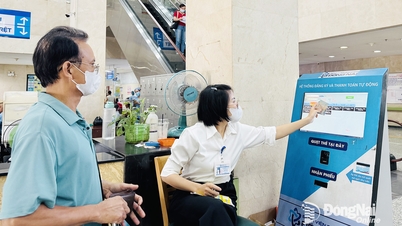




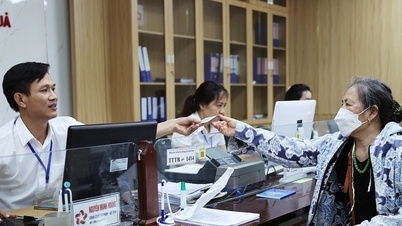



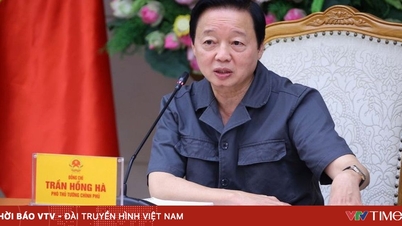
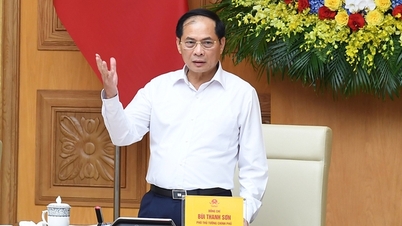


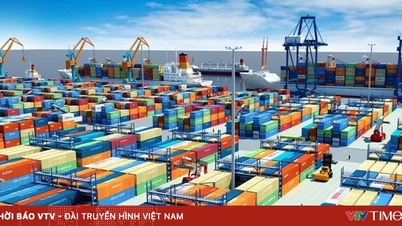
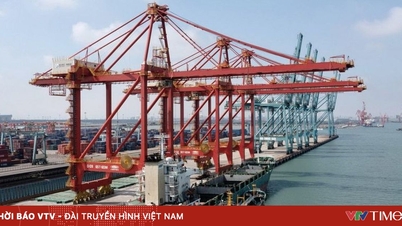
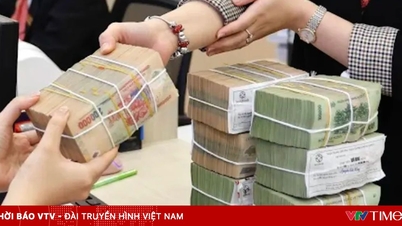
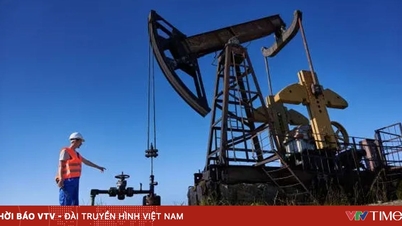




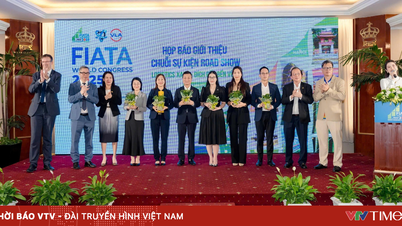
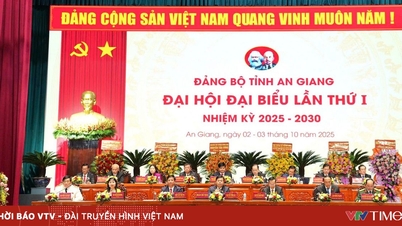
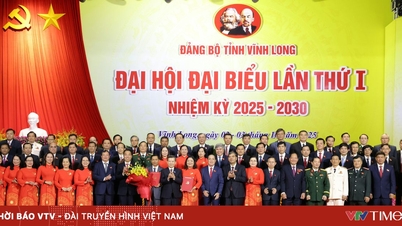
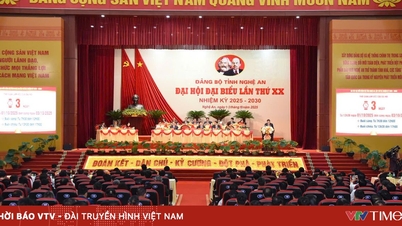
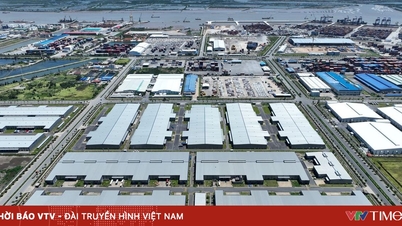


















































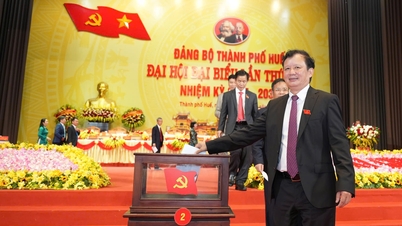


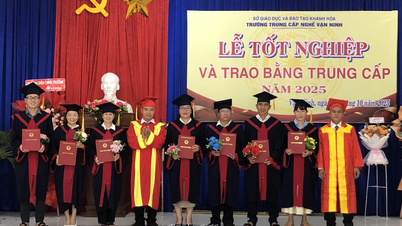



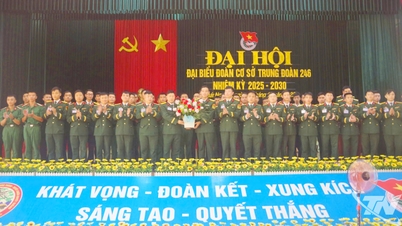













Comment (0)